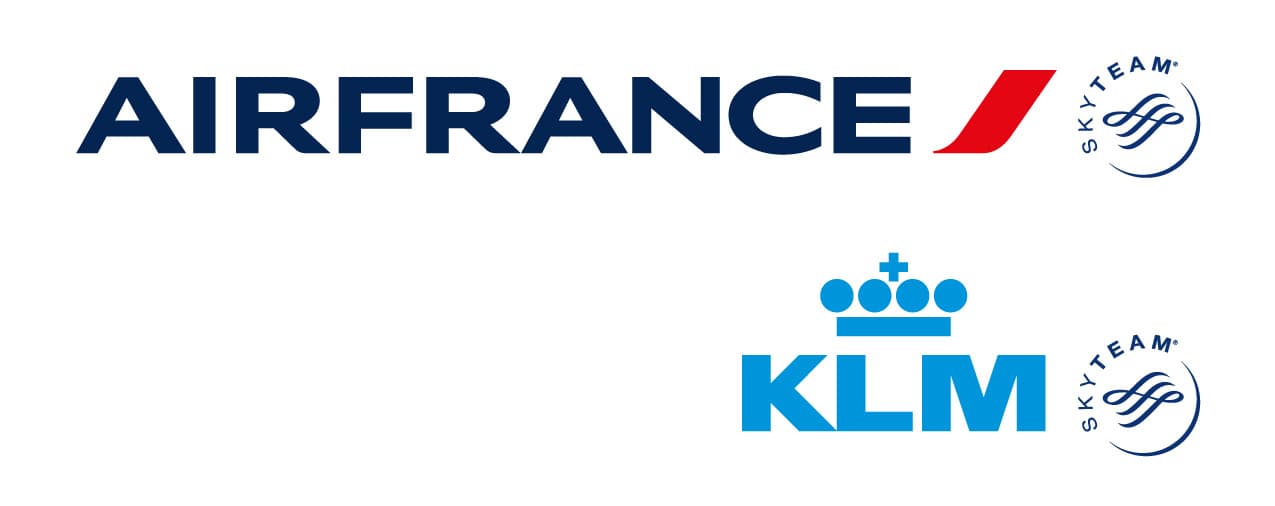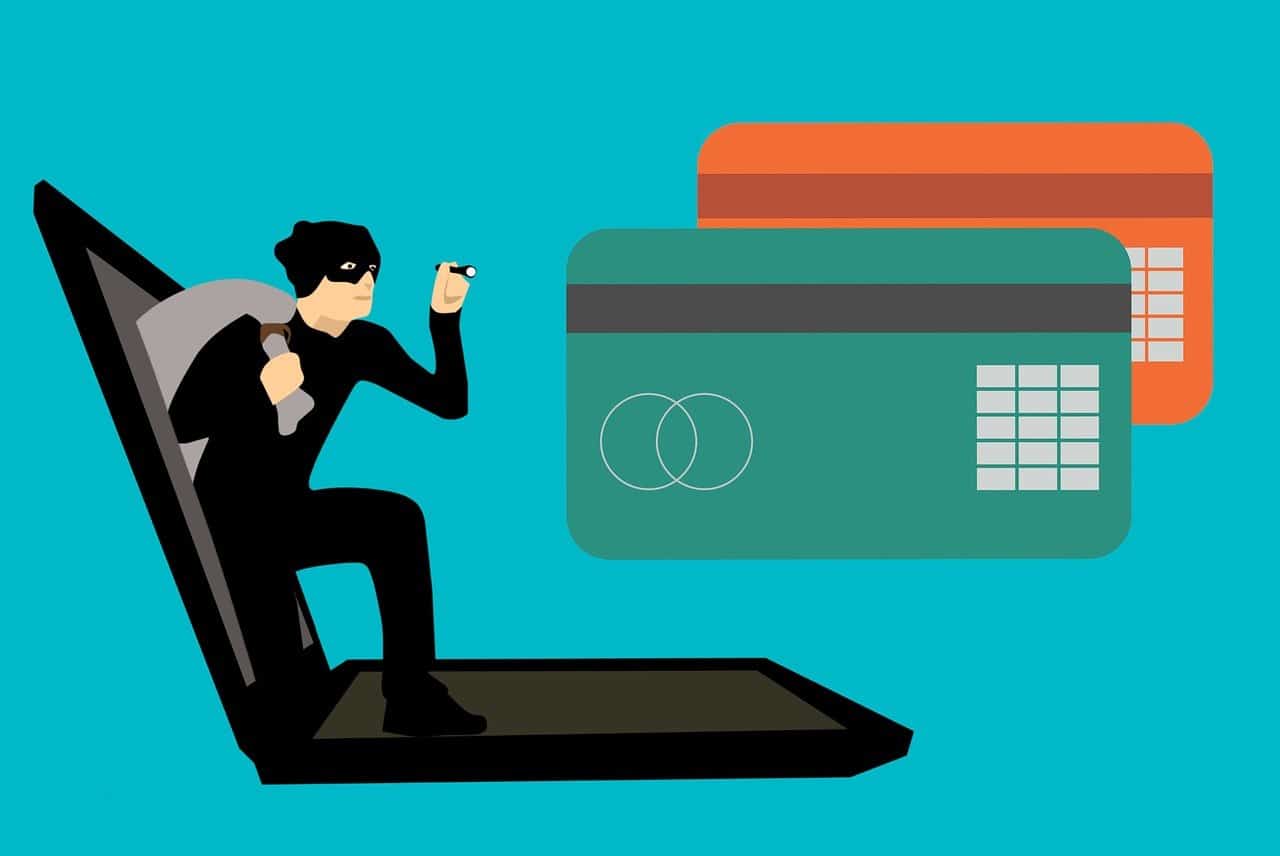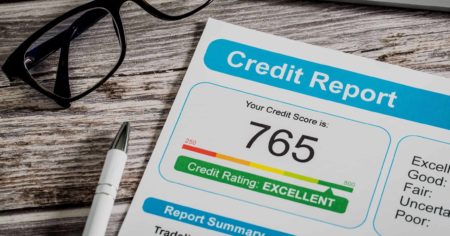In this digital age, where our personal information can be scattered all over the Web, online banking security has become a hot topic, especially in Canada, where financial fraud is on the rise. Recent figures are alarming: one Canadian in six has been a victim of fraud, according to Statistics Canada. Indeed, in recent years, data leakage has often been in the news.
In this in-depth article, we’ll take a detailed look at the importance of banking security in Canada, the essential means of protection, worrying fraud statistics, the most common victim profiles, the fraud methods used, and finally, the steps to take in the event of fraud.
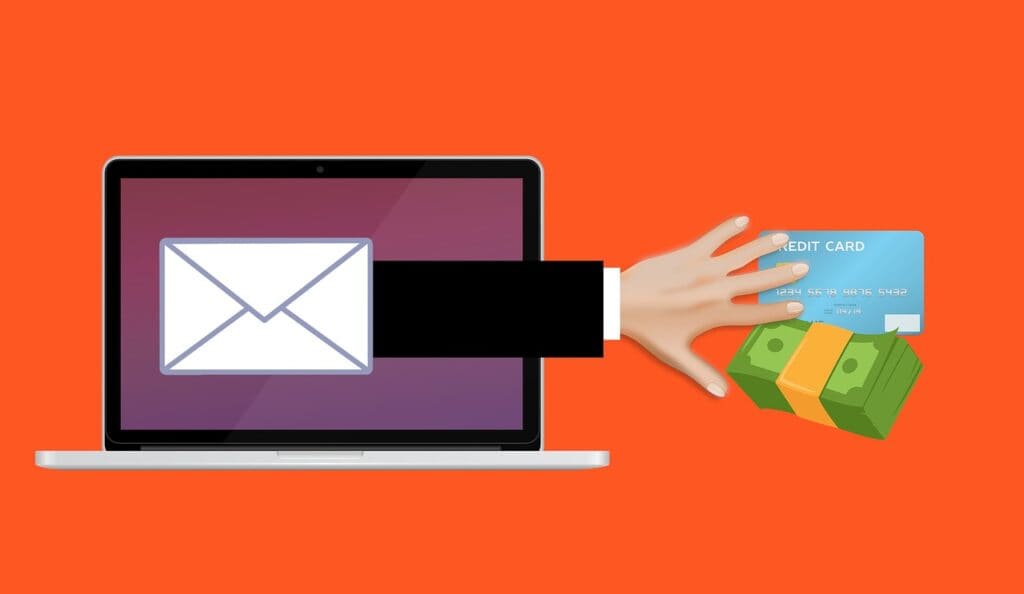
The importance of online banking security
The devastating consequences of bank fraud
More than just a financial inconvenience, bank fraud and the disclosure of our personal information can have devastating emotional and psychological repercussions. The discovery of fraudulent activity on your accounts can cause anxiety, anger and distress, disrupting your daily life and mental well-being.
Identity theft: a real nightmare
One of the most insidious forms of bank fraud is identity theft. Fraudsters use stolen personal information to commit a multitude of financial crimes, from opening fraudulent accounts to taking out loans in your name. This can take a heavy emotional toll on victims, plunging them into a veritable nightmare.
Afterwards, there may be a note to our credit report,therefore, the application process for credit cards can become much more complex; for rewards point hunters who like to keep an eye out for the latest best current offerscan be a big disadvantage.
How can you secure your bank account and avoid online fraud?
Strong passwords
Passwords are your first line of defence in banking security against fraud. Use strong passwords of at least 12 characters, mixing letters, upper and lower case, numbers and symbols. Avoid using obvious personal information, such as dates of birth or names of family members.
This applies as much to your bank accounts as to your points and loyalty accounts. Indeed, your reward points can be worth thousands of dollars and deserve to be protected too.
Password manager: an indispensable ally
The use of a password manager, such as 1Password, is highly recommended. These tools let you securely store and manage all your passwords. You only need to memorize one “master password” to access your identifiers. This guarantees optimum protection for your sensitive information.
Two-factor authentication (2 FA)
Two-factor authentication is an essential banking security measure. It adds an extra layer of protection to your accounts. After entering your login details, a unique code is usually sent by e-mail or SMS to confirm your identity. Always activate this option whenever possible for enhanced security. Also, make sure you have a different password for your bank accounts from your e-mail; if they’re identical, the fraudster will find it easy to bypass this measure.
Even when travelling, you can use this measure; with an eSim service like Airalo, you can keep your phone number and activate it when you need to receive an SMS (incoming SMS messages are free).
Lock your credit file
Another way to protect yourself against identity theft and bank fraud is to lock your credit file. This way, a fraudster won’t be able to apply for credit in your name. A lock is easy to activate and deactivate, unlike a credit freeze.
How to prevent banking risks and avoid phishing?
Phishing is a common technique used by fraudsters to trick users into divulging personal information. Be extremely vigilant and never click on links or attachments from suspicious sources, especially if they are received by e-mail. In fact, it is always preferable to login directly via the bank’s or loyalty program’s website rather than via a link received in an e-mail.
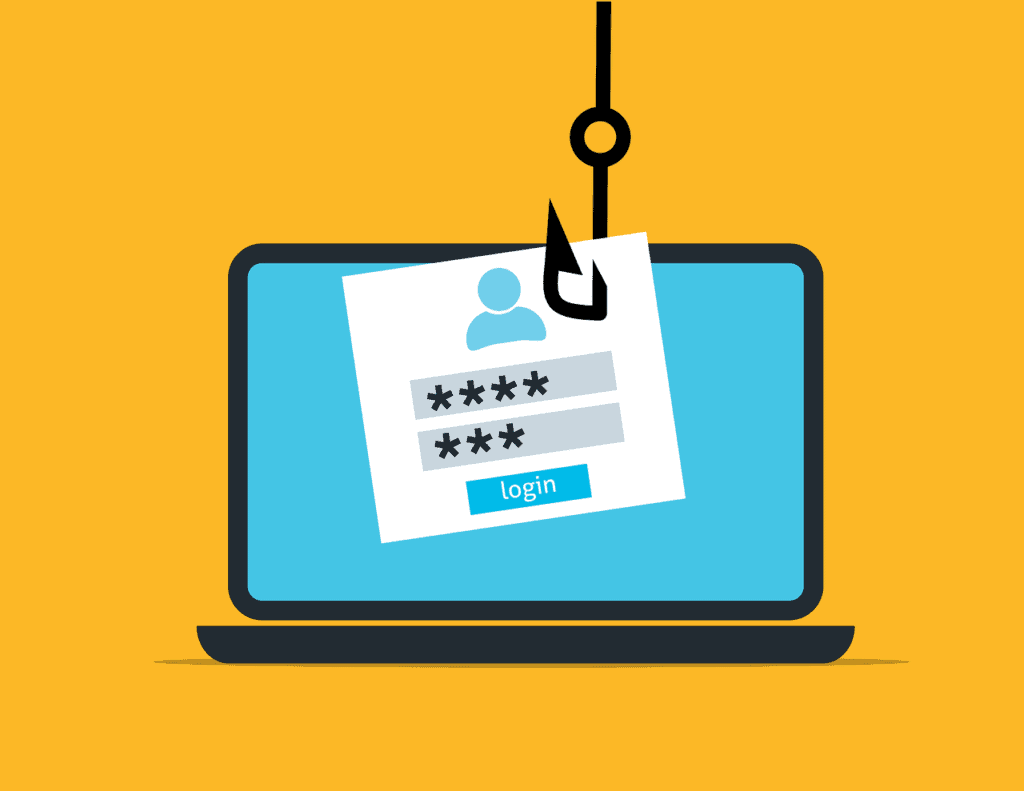
Fraud in Canada: disturbing statistics
The figures are unequivocal: fraud far outstrips other types of crime in Canada. In 2019, no fewer than 2.5 million Canadians were victims of fraud, a figure higher than the total number of victims of violent crime. These statistics are all the more worrying given that the majority of frauds are not reported to the police.
The financial losses associated with fraud are astronomical. In five years, they have exceeded $16 billion, highlighting the scale of the problem. These losses affect not only the victims but also the national economy.
Who are the most common victims?
The link between income and fraud risk
Statistics Canada data reveal a significant correlation between income and fraud risk. People with high salaries are more likely to fall prey to fraud. In fact, 24% of people earning $120,000 or more have been victims of fraud. This can be explained by the fact that fraudsters often target larger accounts.
Education also plays a role in the likelihood of becoming a victim of fraud. Individuals with a university education are 2.5 times more likely to be victims of fraud than those without a high school diploma. The reasons behind this correlation are complex, but they suggest that financial security education is crucial for all Canadians. While a university degree doesn’t necessarily equate to a higher salary (and therefore a bigger bank account), statistics suggest that it’s more likely.
Are online banks safe?
Contrary to popular belief, online banks such as Tangerine or EQ Bank are just as secure as any other. Under Canadian banking law, your bank accounts are protected by the Canada Deposit Insurance Corporation (CDIC). The Insurance Company protects its members‘ bank accounts up to $100,000 per category.
Online banks can be much more advantageous, charging no monthly fee for holding accounts and offering attractive promotions to new customers.
The most common methods of fraud
Digital fraud on the rise
Fraudsters are increasingly using sophisticated digital methods to access victims’ accounts. Popular techniques include online account hacking, e-mail phishing and social media scams. Online attacks are constantly evolving, making vigilance and continuous updating of security measures essential.
A common example is fake contests on social networks, where a fraudster poses as the organizer to collect your personal information.
Financial fraud on the rise
While credit card fraud is on the decline, securities and investment fraud is growing at an alarming rate. Fraudsters target investors with offers that are too good to be true. Keeping abreast of current trends in financial fraud is essential to protect yourself.
For example, be careful when accepting a bank transfer from a stranger. In fact, you need to make sure that the link is actually to receive the money, as it may be an interactive payment request where the money will be taken from you. The display of this kind of e-mail can be very similar, so it’s crucial to read it carefully before clicking.
Reacting to fraud: steps to follow
React quickly
In the event of fraud, rapid reaction is crucial. Contact your financial institution immediately to report the fraud and take steps to protect your accounts. You can also alert Equifax and Transunion so they can put a fraud alert on your credit file and freeze it. The faster you react, the better your chances of minimizing damage.
Although only 11% of fraud victims reported the incident to the police, 65% reported it to their financial institution. This is primarily to protect your money and initiate an internal investigation to find those responsible.
What banking laws protect us against online fraud?
In Canada, bank fraud is taken very seriously, and is governed by a number of laws and regulations. Among the main laws dealing with bank fraud are :
- The Criminal Code of Canada: contains several provisions relating to fraud, including cheque fraud, credit card fraud and other forms of financial fraud. Those convicted of fraud may be liable to prison sentences and fines.
- The Banking Act: establishes the rules and regulations that banks must follow to protect their customers against fraud. It also obliges banks to implement security measures to prevent fraud.
- The Consumer Protection Act: protects consumers against deceptive and unfair commercial practices, including bank fraud.
- The Proceeds of Crime (Money Laundering) and Terrorist Financing Act: It requires financial institutions to report suspicious transactions to the appropriate authorities.
Do banks reimburse fraud?
When an unauthorized transaction is made with your credit card in Canada, the law stipulates that your maximum liability is $50. This means that if you are the victim of credit card fraud, you will only be liable for a maximum of $50, and the bank will have to cover the rest of the costs. This protection is in place to protect consumers against fraudulent transactions and billing errors. Credit card chargebacks are much easier to apply and manage than bank fraud.
When it comes to bank account fraud, according to the Government of Canada’s official website, any bank transaction that you haven’t performed or approved is considered an unauthorized transaction. This suggests that if someone accesses your bank account without your authorization and carries out transactions, these transactions are considered unauthorized.
In general, banks in Canada have policies to protect their customers against unauthorized transactions. If you report an unauthorized transaction within the appropriate timeframe, the bank will investigate the incident and, in most cases, refund the fraudulent amount.
We recommend that you consult the official Government of Canada website directly, or contact your bank for specific information on their policies and procedures regarding unauthorized transactions and bank security.
Bottom Line
Online banking security is a major issue in Canada, given the alarming fraud statistics. Vigilance and education are essential to protect your finances and your peace of mind. By following these practical tips to strengthen your account security, staying informed about the latest fraud trends, and reacting quickly in the event of fraud, you can significantly reduce the risk of becoming a statistic in Canada’s alarming fraud figures.
Ultimately, banking security is a shared responsibility between financial institutions and customers. By taking proactive steps to secure your accounts, you contribute to a safer banking environment for all Canadians.
